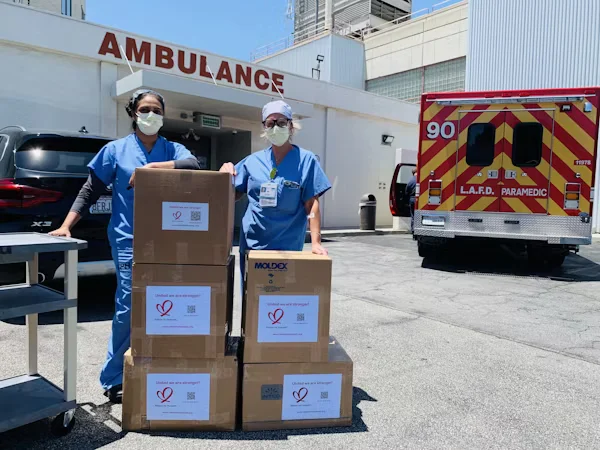Monitoring and Evaluation in conflict zones is no longer just a framework, it’s a frontline necessity. In places ravaged by violence such as Gaza, Syria, and South Sudan, Monitoring and Evaluation (M&E) is the critical tool that helps humanitarian organizations determine whether their efforts are genuinely helping those affected or falling short due to the sheer scale of destruction and instability. When lives hang in balance, M&E becomes the thread that binds purpose to measurable impact.
Why Monitoring and Evaluation Matters in War Zones

The primary purpose of M&E in conflict zones is to ensure that humanitarian aid is both effective and accountable. It helps organizations answer key questions: Are food supplies reaching the displaced? Are healthcare interventions reducing mortality? Are shelter programs protecting vulnerable families? These are not just data points they represent real people in desperate need. Take Gaza as a case in point. During airstrikes and border blockades, aid agencies rely on real-time M&E to understand what’s working and where the gaps lie.
Take Gaza as a case in point. During airstrikes and border blockades, aid agencies rely on real-time M&E to understand what’s working and where the gaps lie. OCHA’s 2023 Multi-Cluster Needs Assessment offers a detailed snapshot of how aid access and effectiveness are monitored under extraordinary conditions.
Barriers to Effective Humanitarian Monitoring in Crisis Zones
Delivering aid during conflict is already complex. Adding a monitoring layer presents several hurdles:
- Access Restrictions: In siege-like conditions, physical access to communities is nearly impossible.
- Security Threats: M&E teams face life-threatening risks when entering unstable zones.
- Data Collection Gaps: Displacement, trauma, and fear often lead to incomplete or inaccurate feedback.
- Ethical Concerns: Collecting information from survivors must be done sensitively and without causing harm.
Yet, even amidst these barriers, humanitarian M&E continues to evolve. ALNAP’s 2021 report documents innovative ways aid agencies have adapted their evaluations in Syria and Yemen through digital tools, local enumerators, and layered remote monitoring.
Strategies That Enhance Monitoring in War Zones
To maintain evaluation integrity in conflict zones, aid agencies deploy a mix of adaptive techniques:
1. Remote Monitoring Technologies
Smartphones, satellite imagery, and AI-powered tools are helping evaluators monitor outcomes where physical access is impossible.
2. Community-Led Data Collection
Partnering with local leaders or displaced people themselves ensures contextual relevance and cultural sensitivity.
3. Third-Party Validators
Independent evaluators ensure objectivity and reduce bias-particularly in politically tense areas.
4. Conflict-Sensitive Indicators
Tailoring Key performance indicators (KPIs) to conflict environments is essential. For example, in South Sudan, CARE’s 2022 evaluation report emphasized the importance of emotional and mental health indicators alongside physical aid metrics.
Real-Life Application: Gaza and Syria
In Gaza, organizations such as Médecins Sans Frontières (MSF) and the Norwegian Refugee Council continue to deliver aid under fire. Their evaluations built on real-time data inform decisions about where to deploy resources quickly and equitably. In Syria, UNICEF has used mobile phone surveys to measure nutrition and hygiene program results where field presence is too risky.
These reports not only enhance humanitarian effectiveness but build trust with donors and impacted communities alike.
Lessons Learned and Global Accountability
M&E in conflict zones doesn’t just measure success, tells stories of survival, resilience, and missed opportunities. This kind of evaluation fosters:
- Organizational Learning: Agencies adjust strategies based on real-world feedback.
- Donor Confidence: Transparent reporting enhances continued funding.
- Community Empowerment: Affected populations have their voices heard in shaping the aid they receive.
When done right, monitoring and evaluation turns humanitarian response into a living, learning system even in the harshest conditions.
Building a Culture of Evidence in Crisis
The effectiveness of humanitarian aid hinges not just on good intentions but on evidence-based execution. M&E in conflict zones is what makes that execution smarter, faster, and more human-centered. It transforms data into direction, and direction into impact.
As global crises rise, so must our investment in robust, ethical, and adaptive monitoring systems.
Partner with Insight and Social to Strengthen M&E in Conflict Zones
At Insight and Social, we don’t just monitor, we listen, adapt, and drive impact where it matters most. If you’re navigating humanitarian aid in war-torn areas like Gaza, we’re here to bring clarity through conflict-sensitive Monitoring & Evaluation.
Let’s transform chaos into insight. Work with Insight and Social to deliver smarter, evidence-backed humanitarian aid even in the world’s toughest crises.





